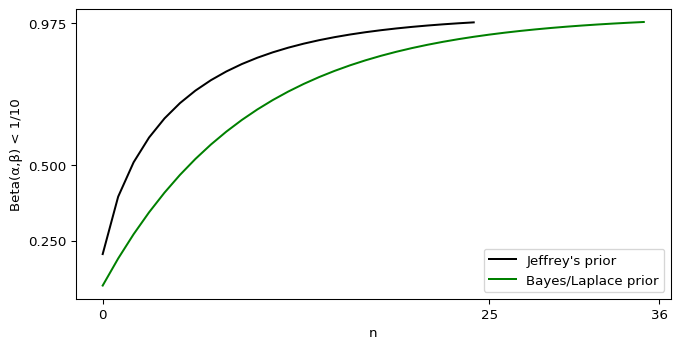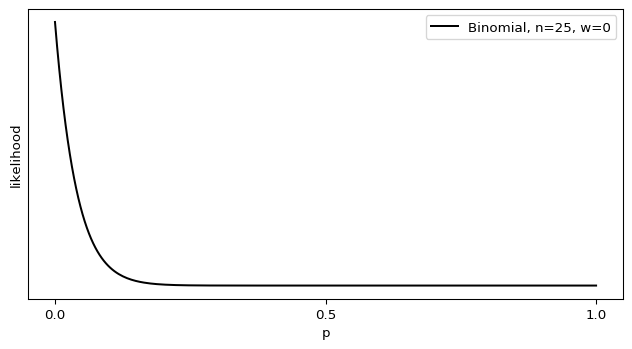I mostly agree with Dawkins on this:
Everywhere you look, smooth continua are gratuitously carved into discrete categories. Social scientists count how many people lie below “the poverty line”, as though there really were a boundary, instead of a continuum measured in real income. “Pro-life” and pro-choice advocates fret about the moment in embryology when personhood begins, instead of recognising the reality, which is a smooth ascent from zygotehood. An American might be called “black”, even if seven eighths of his ancestors were white. …
If the editor had challenged me to come up with examples where the discontinuous mind really does get it right, I’d have struggled. Tall vs short, fat vs thin, strong vs weak, fast vs slow, old vs young, drunk vs sober, safe vs unsafe, even guilty vs not guilty: these are the ends of continuous if not always bell-shaped distributions.
Imposing discrete boundaries on something which lacks them is quite dangerous, indeed. It’s also necessary to survive: imagine if I had to stop and consider whether or not a portion of a wall could be opened via the application of force, and where that force should be applied, instead of going “looks like a door with a twist handle, lemmie twist it to escape the fire behind me.” Some level of imposed boundaries are a must, otherwise words cannot exist, but it’s also important to remember these are abstractions imposed for convenience instead of fundamental features of the universe.
As a biologist, the only strongly discontinuous binary I can think of has weirdly become violently controversial. It is sex: male vs female. You can be cancelled, vilified, even physically threatened if you dare to suggest that an adult human must be either man or woman. But it is true; for once, the discontinuous mind is right.
…. Oooo-kay. Dawkins is claiming that biology has a discrete boundary, between the vast majority of the subject that lacks discrete boundaries, and one small portion (sex determination) which has discrete boundaries on a fundamental level. This smells heavily of special pleading. What makes sex determination distinct from the rest of biology? [Read more…]


